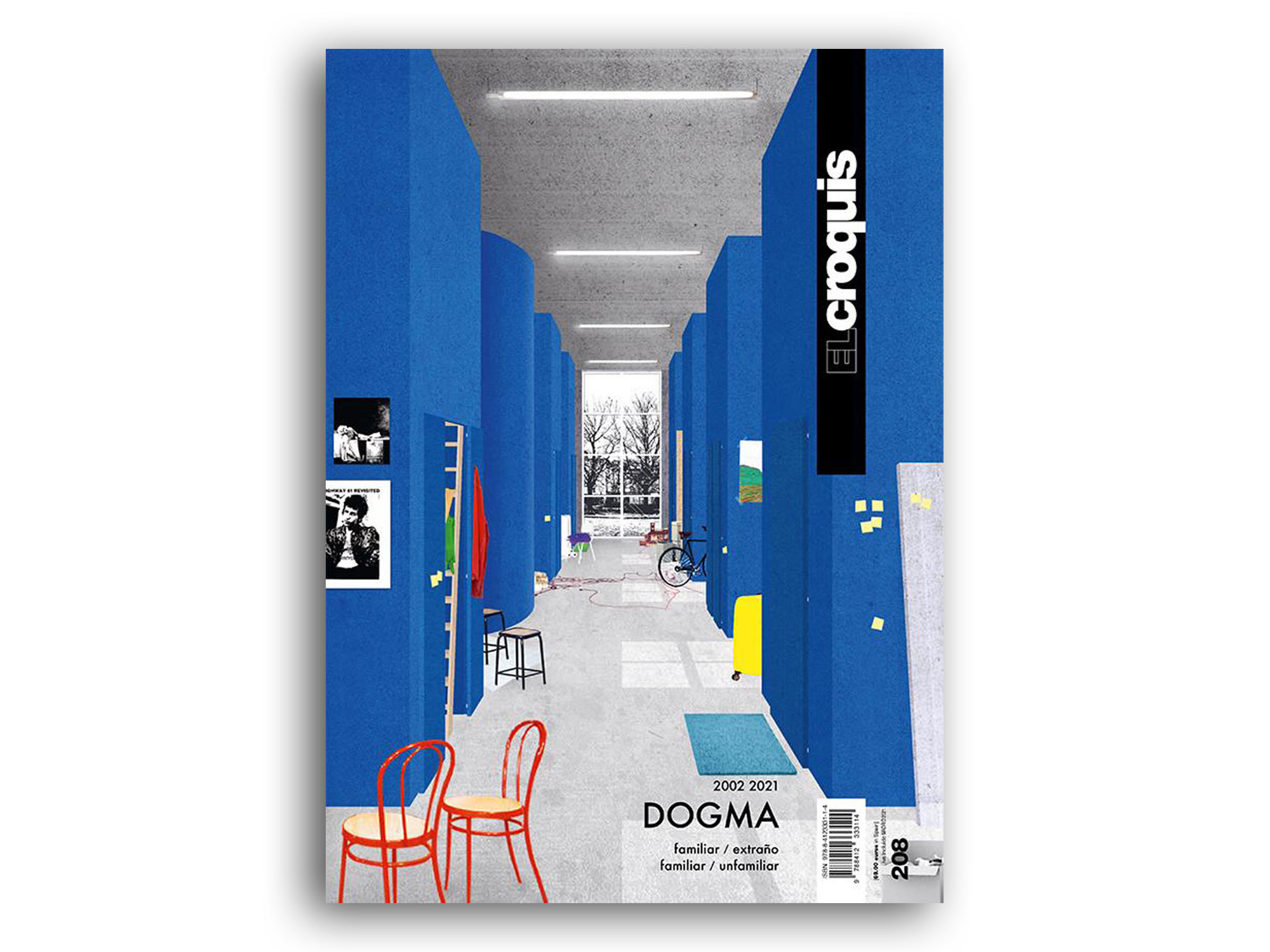Excerpt:
“Contextualism in architecture is often associated with vernacular styles or the ‘appropriateness’ of scale and materiality to seamlessly ‘fit’ in an existing setting. And yet, discourses such as New Urbanism reveal how such simplistic readings of context are more often than not a mechanism to employ an architecture that commodifies, naturalizes, and conceals the way power is exercised in urban form. If contextualism has become the de facto method employed by architecture to address the city, it plays a dangerous role in reaffirming the status quo and holding its subjects captive within these power relationships. The work of Dogma, the Brussels-based office led by Martino Tattara and Pier Vittorio Aureli, reframes our understanding of context and makes explicit how the conditions of society are reified through form. Their practice exposes the manifestation of power through architecture, and also the way architectural form might hold the key to reframing these relationships to instigate subjects to act.
Martino Tattara and Pier Vittorio Aureli met at the Università Iuav di Venezia (IUAV) in the 1990s where they both took part in Bernardo Secchi’s Urban Design workshop. The IUAV’s strong political lineage led by Tafuri and Rossi attempted to unpack issues concerning architecture’s relationship with the city and its complex complicity with capitalism. Tafuri’s interest in critical history as a way to understand the limitations of the present might be said to have had an operative dimension insofar as it sought to calibrate architecture’s conception of its own ‘disciplinary tools’ with the shifting conditions of capitalism. Rossi’s focus on disciplinary tools—namely typology, rationalism, and civic form—examined the way that architectural form could operate urbanistically. Dogma emerged at the turn of the millennia and consolidated these political roots during their time at the Berlage Institute in Rotterdam at the height of the Super Dutch scene, when the architectural discipline was immersed in and enamored with digital technologies leading to an excess of (commodifiable) shapes, fetishization of big data, and uncritical embrace of the ethos of neoliberal urbanization. With the fall of the Berlin Wall now in the rear-view mirror, globalization had swiftly reconfigured cities and global infrastructure for infinite expansion and interconnectivity. Coupled with new sensing technologies and more sophisticated big data and GIS, this made the city an entity that could be mapped and diagrammed with seemingly objective precision. Yet despite the high resolution ‘view’ of the city, this was merely technological noise that obfuscated the real forces of neoliberal urbanization occurring in the background. Moreover, the architectural discipline lacked any critical response about the way to intervene within these forces. Dogma endeavored to break through this smoke screen of technology, novelty and innovation. In a 2008 manifesto, they declared, “For us no complexities, no contradictions,…no diagrams, no icons, no data, no programs, no mapping, no statistics…no blobs, no parametric formalism, no icons…no non-standard architecture…no originality, no novelty, no newness, no nostalgia, no sixties, no utopia… no irresponsibility, no life-mirroring…no coercion”. Dogma’s refusal to ignore architecture’s responsibility and its commodification through a false sense of innovation held architecture accountable to its context; the historical, economic, and social forces that shape and are shaped by form.”
